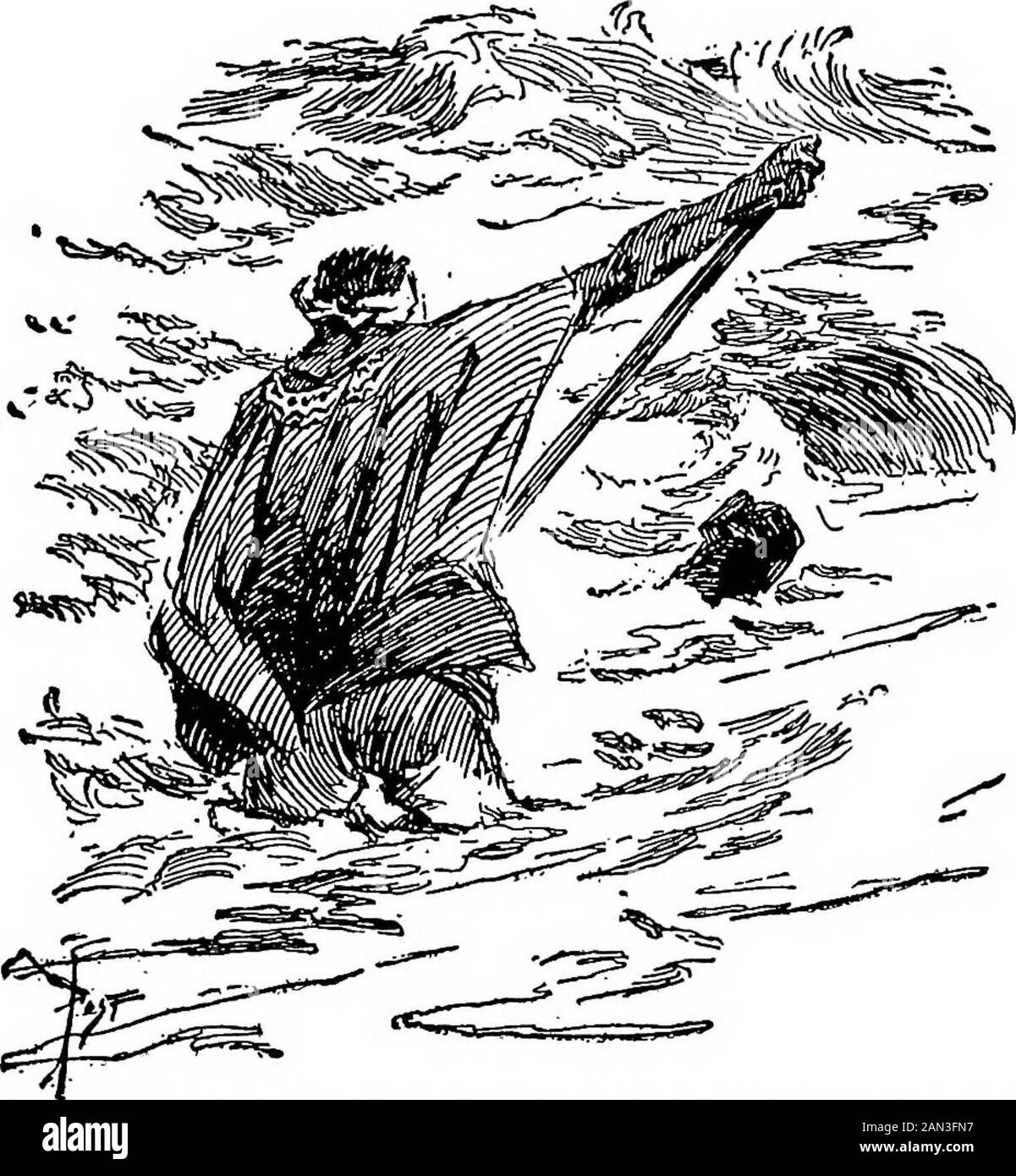Across the Andes . puani, clear,cold streams. All along little brooks and moun-tain torrents have also been adding to thevolumes of our river, so that it had grown to agoodly size. Below this settlement of Guanaiwere the worst and most dangerous passages.Any of the rapids are bad, but they are less to befeared than the great whirlpools that form be-low each one of them. It is these remoUnos thatare more likely to catch the rafts and tear themapart. The rough water of the rapid can bewatched, and the callapo can be kept head onin the current, but below there are no means ofjudging when a whirli

Image details
Contributor:
The Reading Room / Alamy Stock PhotoImage ID:
2AN3FN7File size:
7.1 MB (501.1 KB Compressed download)Releases:
Model - no | Property - noDo I need a release?Dimensions:
1520 x 1644 px | 25.7 x 27.8 cm | 10.1 x 11 inches | 150dpiMore information:
This image is a public domain image, which means either that copyright has expired in the image or the copyright holder has waived their copyright. Alamy charges you a fee for access to the high resolution copy of the image.
This image could have imperfections as it’s either historical or reportage.
Across the Andes . puani, clear, cold streams. All along little brooks and moun-tain torrents have also been adding to thevolumes of our river, so that it had grown to agoodly size. Below this settlement of Guanaiwere the worst and most dangerous passages.Any of the rapids are bad, but they are less to befeared than the great whirlpools that form be-low each one of them. It is these remoUnos thatare more likely to catch the rafts and tear themapart. The rough water of the rapid can bewatched, and the callapo can be kept head onin the current, but below there are no means ofjudging when a whirling vortex will form thatwill drag the callapo under and perhaps laterthrow it out farther down in scattered frag-ments. For fifty miles the hills crowded in, and therewere only rarely any open, slower reaches ofriver. Huge masses of rock had broken fromabove and hurled themselves into the gorges, where the current was choked in masses of high-flung spray. The Leccos know that on one cer- DRIFTING DOWN RIO MAPIRI 209. BUT IT IS THOSE PARTS OF THE RIVER THAT THE LECCOS FAIRLYLOVE. tain side of these rocks there was disaster andwith their heavy paddles they pried the raft inthe proper currents. At first the water wassmooth—smoother than in the broader reaches—but the banks moved past more swiftly, andfrom out of the water itself came a little rattling, crackling sound—the sound of boulders on the 210 ACROSS THE ANDES river-bed crashing together as they were sweptdown-stream. Then the surface of the riverbroke up irj snapping little ripples, while underour feet there was the feel of the raft strainingin the eddying thrust of the current. But it isthese parts- of the river that the Leccos fairlylove; their eyes sparkled and they laughed andchattered with excitement. Ahead there was a roaring smother of foam, which curled back in a crested wave; thepaddles, with the callapo snouts as a fulcrum, swung the course to the right, and a second laterthere came a rush and a crash as a mass